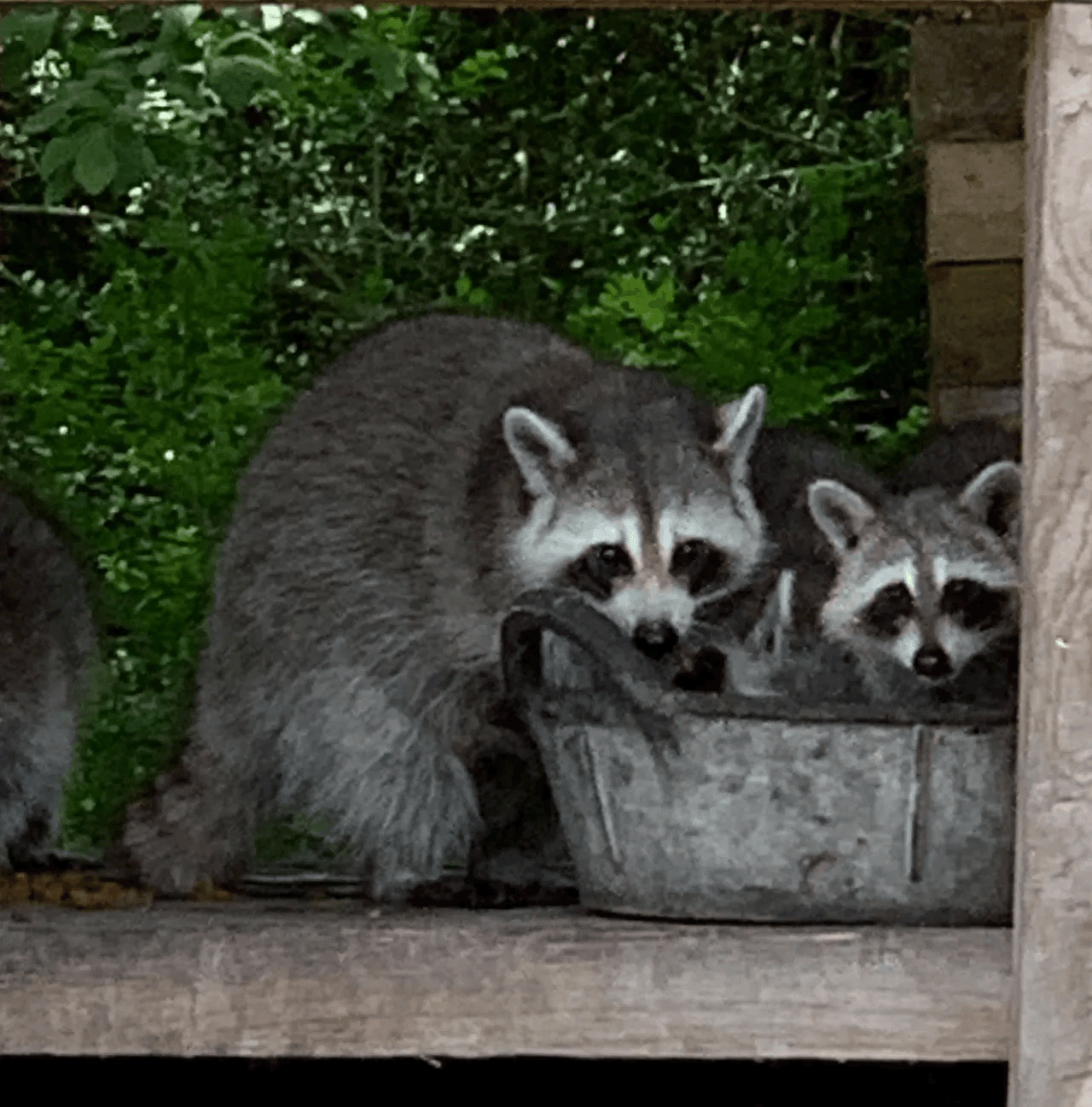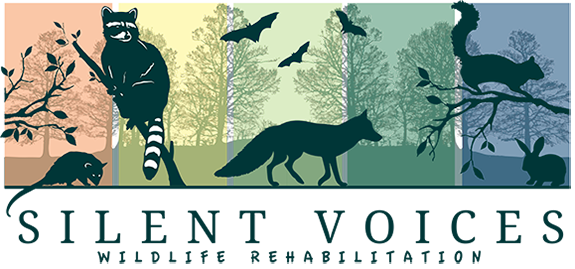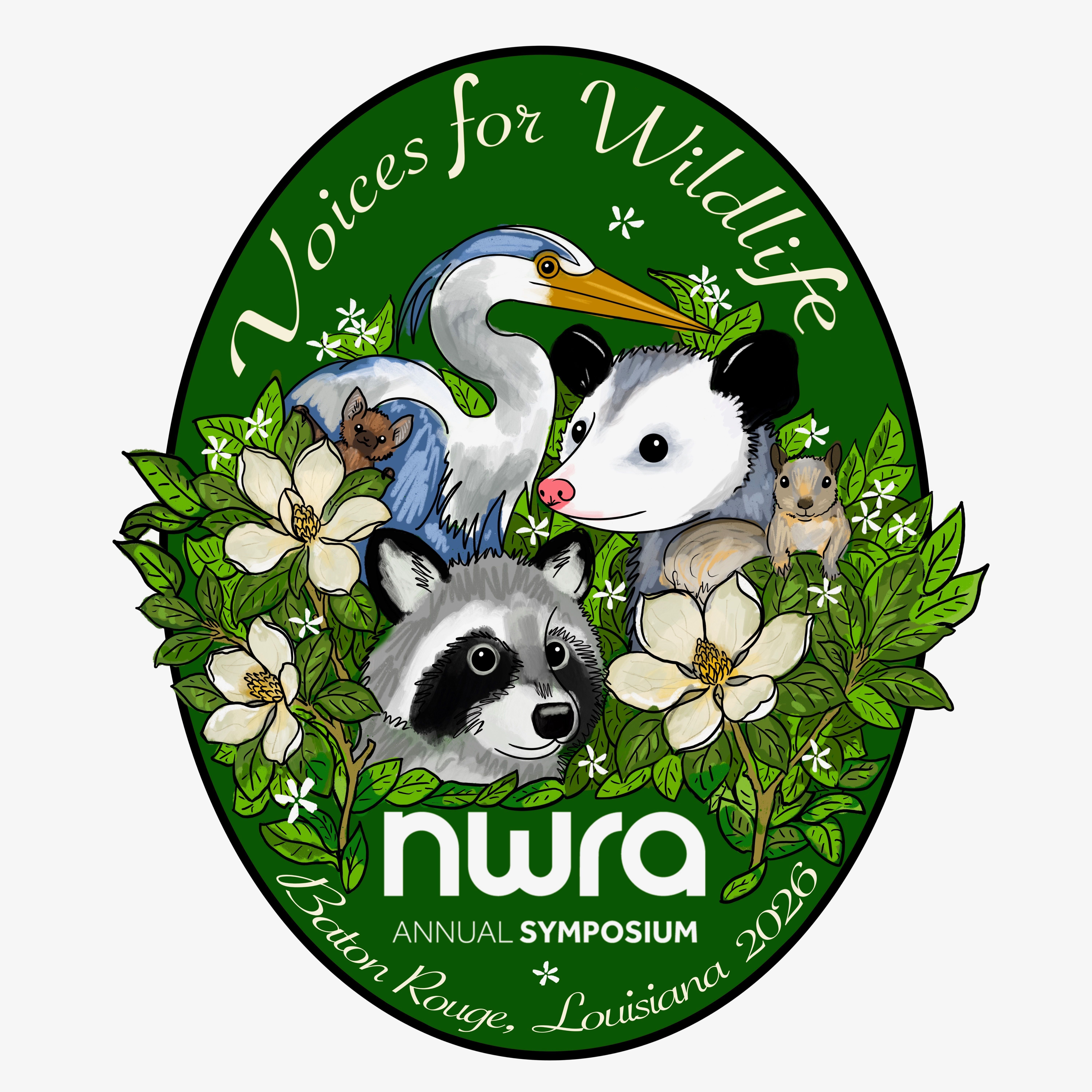
This is a perfectly healthy mother raccoon out during the day. It is safer for a mother to forage during the day - either alone or with her babies just out of the nest - due to nighttime predators.
So, are Raccoons nocturnal, diurnal, or crepuscular (active dawn & dusk, like deer)? Answer: C) All of the above!
It is also common to see raccoons out during the day in parks and neighborhoods where there are no dogs, high traffic, hunting or other such activity.
MYTH BUSTER! Raccoons are NOT nocturnal in the same sense that bats and other species are. For some species, raccoons included, nocturnal is a learned behavior, learned simply because generally it is safer for them. Hence, "nocturnal" becomes a choice for some raccoons depending on where they live, whether their current priority is protecting babies, and/or simply how safe they determine their foraging areas to be.
Juvenile raccoons are also often out during the day, having not quite yet figured out that it is probably safer to lay low and out of sight of misinformed humans.
If you are concerned by a daytime raccoon, ask yourself these questions: Is the raccoon foraging for food, walking normally, with any other raccoons/ animals, simply hanging out/sleeping, or getting a drink of water? No worries!
If the raccoon is alone AND: stumbling, circling, biting at air or his/her body in a self-mutilating way, hyper-sensitive or abnormally lethargic, seeming to want to drink but unable to, acting hyper-aggressive (not to be confused with a hyper-protective mother who feels cornered or that her babies are threatened - as obviously this mother in this video does not!)... you are witnessing a distressed raccoon. These are not just signs of rabies but more commonly indicate recent trauma or illness.
MYTH BUSTER, BONUS TIP: Do raccoons "carry" rabies?
Answer: You can't carry what you don't have! Rabies is fatal: If all raccoons were carrying rabies they'd all be dead.
Rabies is only contagious during the final (encephalitic) phase of the virus, which is the last week before death. This is when clinical symptoms as described above will appear and only now is saliva able to transmit the virus, with a small window of a day or two when a bite might be a contagious w/o symptoms. This is why a domestic animal is quarantined, to monitor their health over the subsequent days following a bite to see if any symptoms appear. Wildlife has no such option afforded them; they get their heads cut off and tested. It's a billion dollar industry sustained by fear, ignorance and Big Pharma's profits. Surprised?
Final note: Open trashcans draw wildlife. Use animal-proof containers if you want to avoid feeding wildlife and conflicts.









